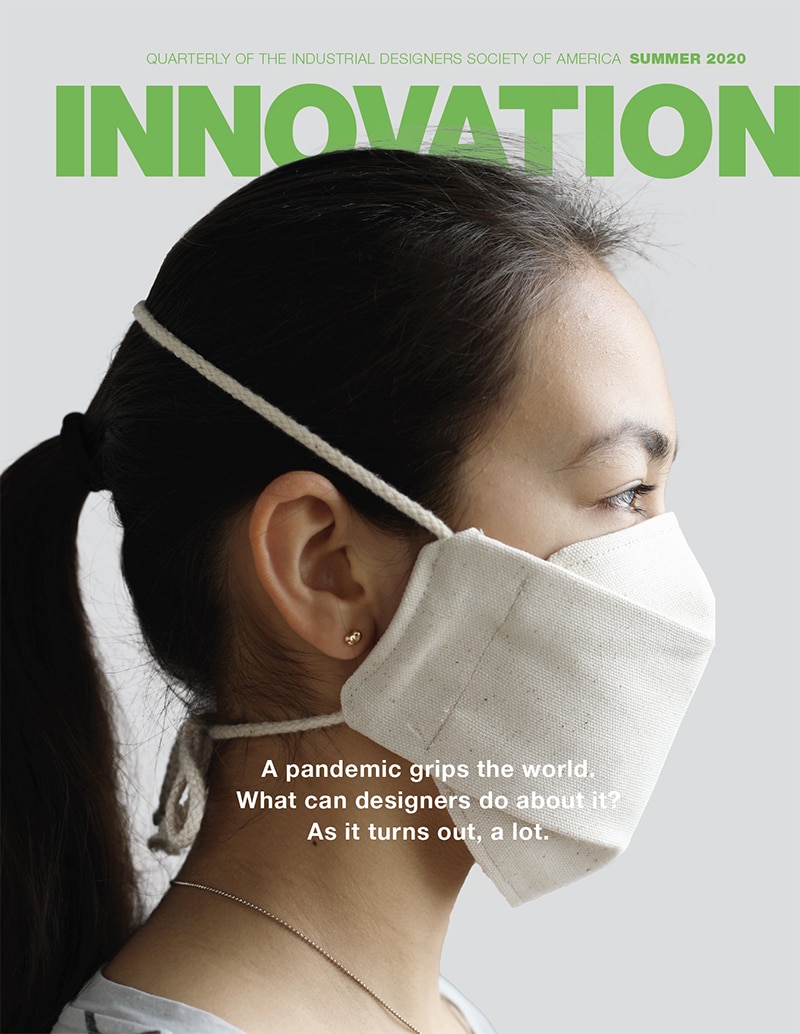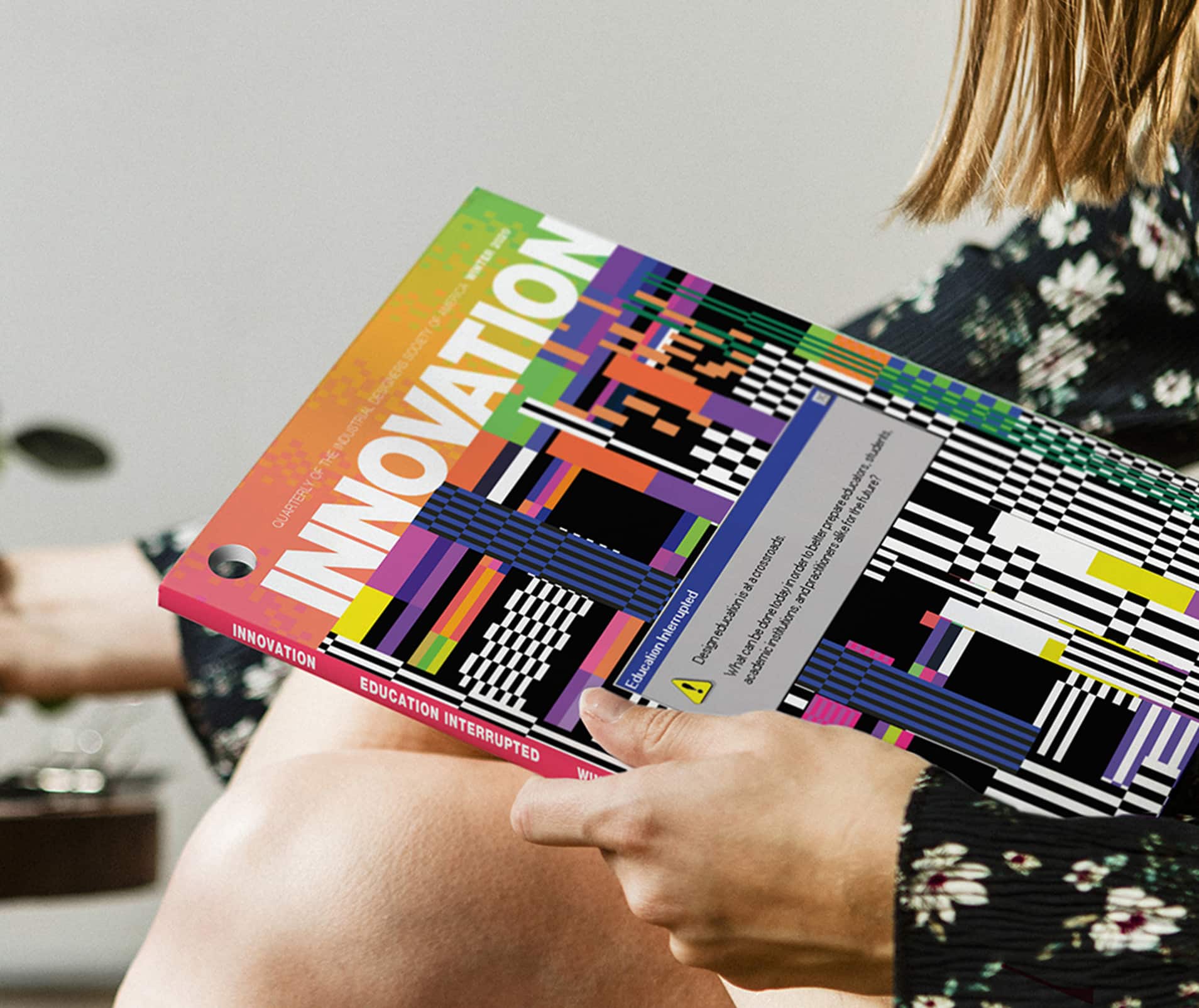Design is coming back to its roots. Back to nature. Back to simplicity. We know this because society is doing the same. I am doing the same.
My life’s work is focused on designing brands. To put it bluntly, I create meaning around businesses that don’t necessarily need to exist. It sounds strange, but I absolutely love it. I’ve always been ambitious and active and led a full schedule. This past year was no different. I designed over 26 brands in under 12 months (which I don’t recommend if you value your sanity). I rebranded and launched Love Wellness in Time Square, collaborated with MNML design studio on a seven-brand portfolio for Cresco cannabis, led the design for three Y-combinator businesses, and created a house of fashion brands backed by major West Coast celebrities. It exhausts me now just writing this. However, after surviving cancer, I never wanted to waste a day or feel unproductive. For so long, my goal was to make every moment as efficient as possible. My self-worth was directly tied to my productivity. And this trend was universal! Just look at product design for the last half-century: Humanity strived for efficiency so we could make more time.
If I’ve learned anything during my time in quarantine, it’s that being efficient doesn’t make life better. What happens when a new product saves us time? We have more time to fill with something else. Now I’m stuck at home with all the time in the world, and what I truly need is not something to make my life more efficient. What I need is something to make my time more fulfilling.
What we need to realize is that efficiency is actually creating more complexity in our lives. And from my personal experience, efficiency does not always create better experiences! Self-checkout isn’t more enjoyable, AI-run customer service platforms can be annoyingly unpredictable, and keyless entry replaced the doorman who used to pay me a compliment and tip me off on neighborhood gossip. Anytime we replace people, we are replacing opportunities for human connection. These simple interactions spark ideas, change outlooks, and bring unpredictability to everyday monotony.
Credo quia absurdum—“I believe it because it’s absurd”—is a paradoxical expression from the third-century writer Tertullian. More than ever I find this quote relevant, especially when applied to design. Absurd products have been notoriously successful throughout history (see the Squatty Potty). But what makes an absurd idea remarkable comes down to two main things: simplicity and alchemy. For example, if Sony would have made the first portable music player also a recording device, which it was capable of doing at the time, it would have been difficult for people to understand its main purpose: to listen to music. By simplifying the functionality of the product and giving it an evocative name, the Sony Walkman became synonymous with portable music.
As a creative, I’ve found that the more absurd an idea, the more excited I am to work on it. For example, imagine getting the RFP for one of the following brands: appearance-altering software (Photoshop); sticky plastic that stops you bleeding (Band-Aid); digital currency exchange (PayPal); tight male swimwear (Speedo). These absurd ideas didn’t necessarily arrive with a clear function, name, or identity; the symbiosis of product and brand bring these ideas to life. Without a strong product (form/features) and clear branding (name/identity) these ideas may have never grown up, succeeded, and turned into the icons we talk about today.
For my entire career, I’ve been faced with clients asking for more. More features, more channels, more iterations, more complexity. But now, as a human being stuck at home with finite room for material possessions, I realize just how important each and every object in my life is. What I value are products and brands that, as Marie Kondo prompts (and has likely trademarked by now), “spark joy.” This is the future of the design industry. We need to let go of the question, How can we make people’s lives easier? and instead ask, How can we make people’s lives happier? With all this time at home, and our collective sanities on the edge, I am honestly excited to see how designers answer this question and what absurd ideas this pandemic will birth.
The journey of design is not so dissimilar from the journey of life. We are born with endless potential. But for years all of our “stakeholders” try to form us into the best—most efficient and productive—person we can be. We go to (job) market and shine with all of our features and brilliant complexities. And then, at some point, we get a little lost. By making every thing and every person so damn efficient, we’ve overlooked the process that affords us discovery of self. We realize that all the features don’t actually define us. And if we are lucky, we are given the opportunity to shed the things that don’t work for us and come back to our true nature. The things that make us happy. The absurd. The simple.
If you had asked me who I was six months ago, I might have told you I am a designer and the owner of the global branding studio Lobster Phone. I might have listed my achievements: the brands I’ve designed, the studios I’ve worked for. Yes, all of that is part of who I am. But it’s not me. I am … absurd! I am high energy and full of life. I am a music lover, a traveler, a romantic, a creative. My work doesn’t define me. I define my work.
Designers, right now is a rare opportunity for us all. We each have a unique gift, something we can bring into this world that no one else can. And that is you. As an industry, let’s rediscover who we really are and what kind of world we want to live in. Then let’s make it happen. It’s that simple.
— Kristine Arth
[email protected]
Kristine is an emcee for the virtual International Design Conference 2020, Sept. 17-18! Register today.

Summer 2020
Article:
Author:
Kristine Arth
